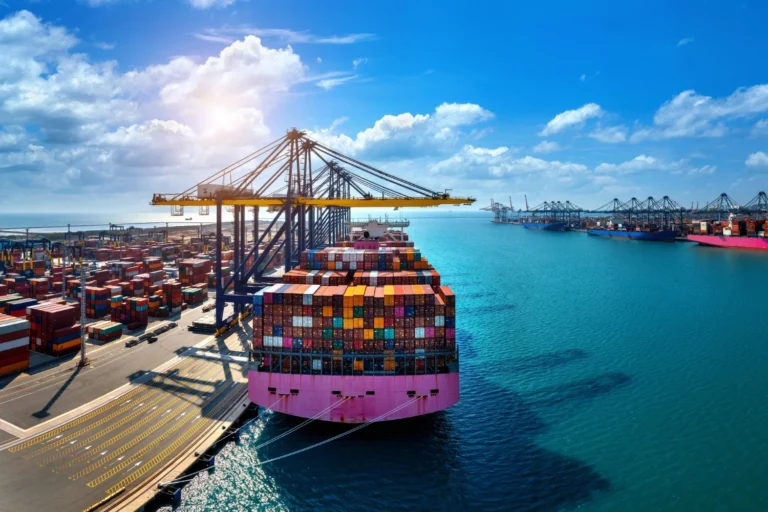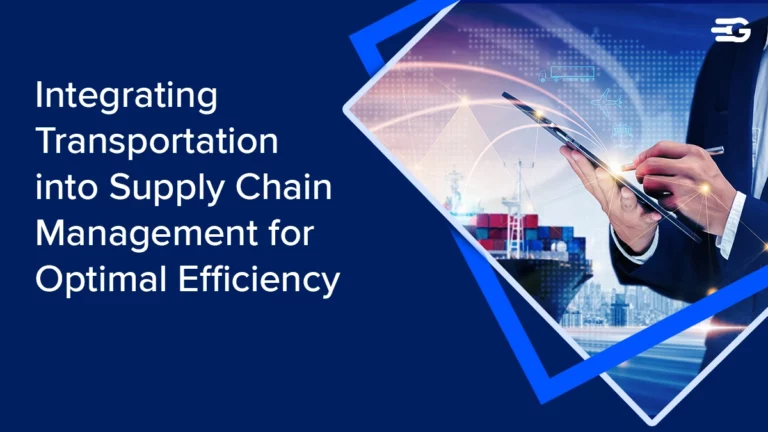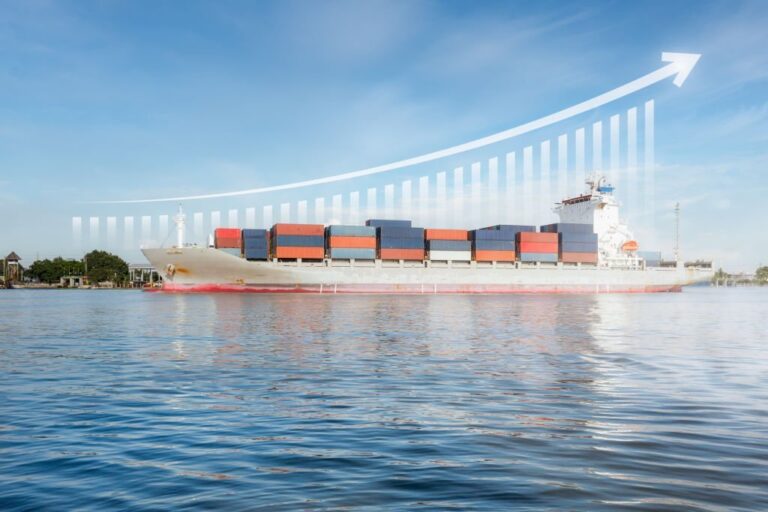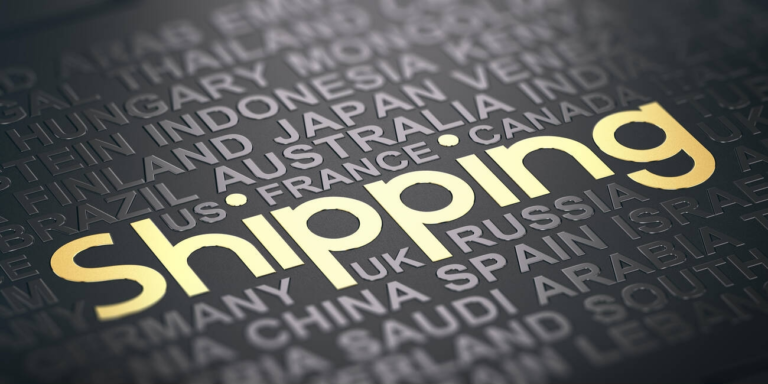Top 10 Innovations in Freight Route Optimization Software
Imagine a world where your freight moves seamlessly across continents, avoiding bottlenecks, bypassing weather disruptions, and arriving on time every time. In the fast-paced logistics industry, this is no longer a dream but a reality powered by cutting-edge freight route optimization software.
With the global supply chain market projected to grow to $37 billion by 2030, driven by increased e-commerce and globalization, businesses are under immense pressure to deliver goods faster, cheaper, and more sustainably than ever before.
As studies show that delays can cost businesses up to $1 million annually (Deloitte, 2024), leveraging advanced technology has become essential to remaining competitive.
Freight route optimization software has emerged as a game-changer, offering unparalleled efficiency, cost savings, and environmental benefits. This blog explores the groundbreaking innovations that are redefining logistics and how they are empowering businesses to transform their operations.
What is Freight Route Optimization Software?
Freight route optimization software is a specialized tool designed to plan and optimize the movement of goods. By analyzing multiple variables, including traffic, weather, and shipment priorities, the software determines the most efficient routes for transporting freight.
Key functionalities include:
Route Planning: Identifying the quickest and most cost-effective paths.
Real-Time Tracking: Monitoring shipments to ensure timely deliveries.
Predictive Analytics: Anticipating disruptions and recommending alternate routes.
A recent Gartner survey (2024) revealed that 62% of supply chain leaders consider route optimization software essential for achieving operational excellence. This technology is indispensable for businesses aiming to reduce costs, improve customer satisfaction, and enhance supply chain visibility.
Why do you Need Freight Route Optimization?
Traditional freight planning methods, characterized by manual processes and fragmented data, are no longer adequate for today’s demands. Companies face numerous challenges, such as:
Rising Fuel Costs: According to the U.S. Energy Information Administration, fuel prices have increased by 15% annually over the past three years, making optimization crucial for cost control.
Port Congestion: Major ports like Los Angeles handle over 10 million TEUs annually, and delays at such hubs can ripple through supply chains worldwide.
Environmental Concerns: Freight transportation contributes 8% of global carbon emissions (IEA, 2023). Optimization can reduce emissions by up to 30%, aligning with corporate sustainability goals.
Customer Expectations: Faster, more reliable deliveries are critical for maintaining customer trust, with 74% of consumers prioritizing timely delivery over other factors (PwC, 2024).
Freight route optimization software addresses these challenges by providing data-driven solutions that streamline operations and improve efficiency.
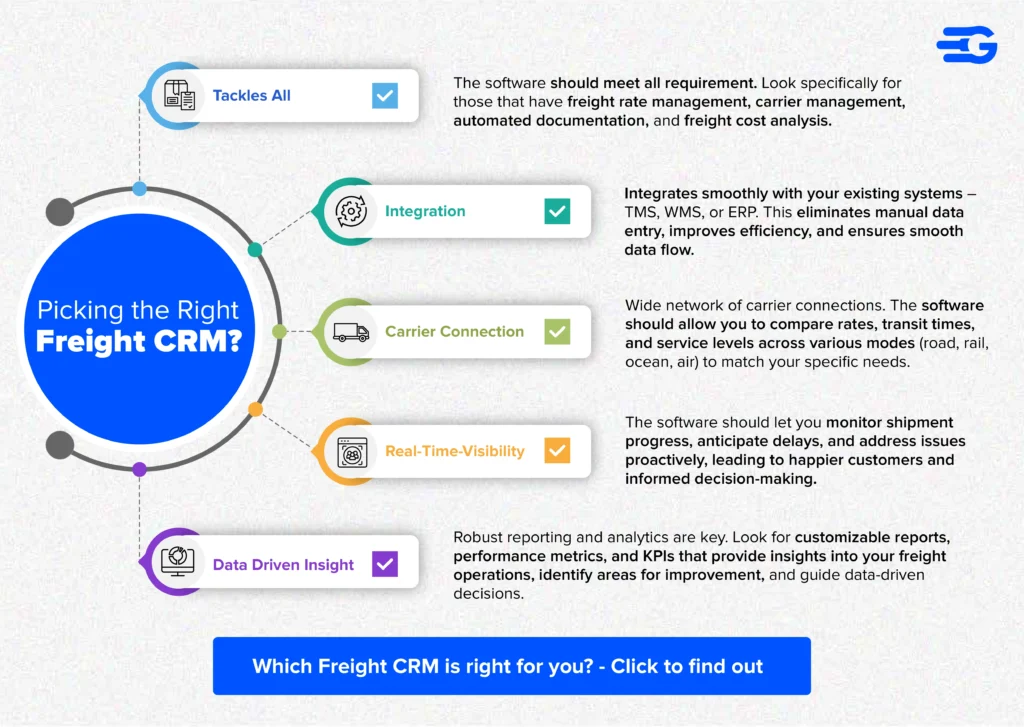
Top 10 Innovations in Freight Route Optimization Software
Dynamic Route Planning with AI
Artificial Intelligence (AI) is at the forefront of route optimization software. Advanced algorithms analyze real-time data, such as weather conditions, traffic patterns, and shipment priorities, to dynamically adjust routes. Studies reveal that companies leveraging AI-driven planning achieve a 25% reduction in delivery times and cut operational costs significantly (McKinsey, 2024). AI also empowers logistics teams to predict potential disruptions before they escalate, ensuring smoother operations across the board.
Real-Time Data Integration
IoT devices, sensors, and GPS systems have revolutionized the logistics landscape. By enabling continuous data collection and monitoring, businesses gain immediate insights into shipment locations, vehicle conditions, and traffic updates. Real-time data integration allows companies to address unforeseen challenges on the go, reducing idle times by 30% (Deloitte, 2023). For instance, smart sensors on freight trucks can alert dispatch centers to reroute vehicles during sudden traffic congestion or severe weather conditions.
Predictive Analytics for Demand Forecasting
Leveraging machine learning algorithms, predictive analytics enables businesses to anticipate customer demand with remarkable accuracy. By analyzing historical data, seasonal trends, and economic indicators, companies can optimize fleet deployment, ensuring minimal resource wastage. Organizations utilizing predictive analytics report a 20% boost in operational efficiency and greater customer satisfaction due to timely deliveries.
Multi-Modal Optimization
Seamless coordination across multiple transportation modes—road, rail, sea, and air—has become a cornerstone of modern logistics. Advanced optimization software evaluates cost, time, and environmental impact to recommend the most efficient combination of modes. Companies like DHL have demonstrated the power of multi-modal solutions, achieving a 15% reduction in transportation costs while significantly improving delivery timelines.
Carbon Emission Tracking and Sustainability
Sustainability has become a top priority for logistics businesses. Modern route optimization softwares now include carbon emission tracking, enabling companies to measure and minimize their environmental footprint. The World Economic Forum (2023) notes that green logistics solutions can reduce emissions by up to 30%, contributing to global efforts against climate change. Many companies are also using these tools to align with carbon-neutral initiatives and gain a competitive edge in eco-conscious markets.
Enhanced Security with Geofencing
Geofencing technology is transforming cargo security. By creating virtual boundaries around specified areas, geofencing ensures that shipments remain within designated routes and alerts managers to unauthorized deviations. Statista (2024) reports that nearly 40% of logistics companies have adopted geofencing to prevent cargo theft and ensure compliance with transportation regulations.
Blockchain for Transparency
Blockchain technology is reshaping the logistics industry by providing decentralized and tamper-proof records of shipment data. By enhancing transparency and reducing fraud, blockchain minimizes disputes related to shipment discrepancies. Companies that have adopted blockchain report a 50% reduction in such disputes, fostering trust among stakeholders and improving operational accuracy.
Advanced Reporting Dashboards
Detailed and customizable reporting dashboards have become indispensable for logistics managers. These dashboards provide insights into shipment performance, costs, and delivery metrics, enabling better decision-making. Advanced analytics tools have contributed to an 18% improvement in on-time delivery rates by highlighting areas for optimization and addressing inefficiencies promptly.
Automated Freight Optimization
Robotic Process Automation (RPA) has revolutionized repetitive logistics tasks, such as manual data entry and route scheduling. By eliminating human errors and speeding up operations, RPA has increased efficiency by 22% (Forrester, 2023). Automated systems also enhance accuracy in cost management and regulatory compliance, ensuring smoother workflows.
Seamless Integration with Supply Chain Tools
The integration of freight route optimization software with supply chain planning tools, and other such as ERP, TMS, and WMS, has transformed the logistics ecosystem. By ensuring end-to-end visibility, these integrations reduce supply chain costs by 15% (PwC, 2023). Businesses benefit from improved coordination between various supply chain components, leading to enhanced productivity and customer satisfaction.
GoComet’s Route Optimization Advantage
GoComet’s freight route optimization software stands out with its innovative features:
Predictive ETA: GoComet uses AI to provide highly accurate estimated times of arrival (ETAs), enabling better planning and customer communication.
Real-Time Updates: The platform offers instant notifications about delays, route changes, and shipment statuses, empowering businesses to make quick decisions.
Cost-Saving Tools: GoComet’s software includes analytics-driven tools that identify cost-saving opportunities without compromising service quality.
A case study highlights how GoComet enabled a global enterprise to reduce freight costs by 20% while improving delivery timelines. This underscores the platform’s ability to deliver tangible value.
Freight route optimization software is no longer a luxury but a necessity in today’s competitive logistics landscape. Innovations like AI, blockchain, and sustainability tracking are transforming the way businesses move goods. By adopting advanced solutions such as GoComet, companies can streamline operations, reduce costs, and achieve their sustainability goals. The future of logistics is here—embrace it to stay ahead.


